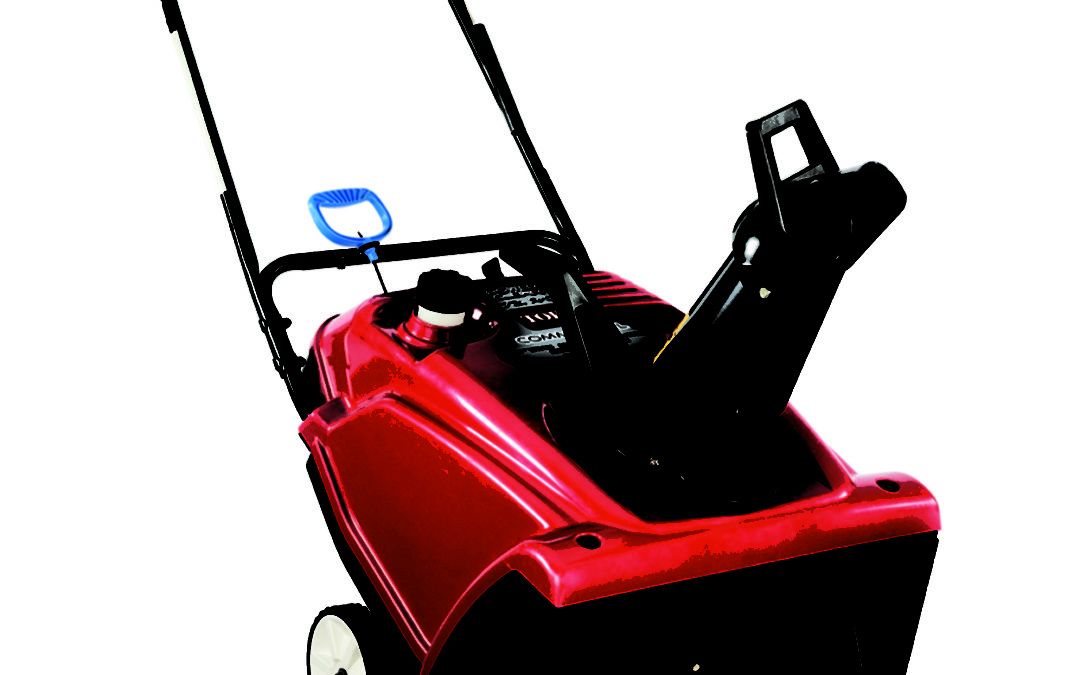Snowblower Common Issues
Winter snow storms arrive quickly and often without much warning. Many homeowners struggle to start snowblowers, experience poor performance or complete failures during these storms. A few common issues are simple to remedy and others require professional repair.
Start your snowblower
Snowblowers sit dormant for extended periods of time. Even small amounts of fuel left in the tank, fuellines and carburetor become stale and water may even enter the fuel system. Often if a snowblower will not start, fresh fuel and even starting fluid is the remedy. However, prevention is the best cure to this issue:
- Add a small amount of fresh fuel to the snowthrower
- Add a fuel stabilizer like Seafoam to help clean the fuel system
- Start the engine and allow it to run for at least 5 minutes
- Either stop the engine, allow it to cool, then drain the fuel; or simply, allow the engine to run until it dies
- Attempt to restart the engine. Repeat this step until the engine no longer starts
- Loosen the drain plug on the carburetor and drain all remaining fuel
- Add fresh fuel to the snowblower only when snow needs to be cleared
- Drain all fuel between uses
Poor performance
Snowblowers have wearable parts which affects how thoroughly and clearly the snowblower works. If a snowblower is not performing well when clearing snow check wearable parts
- Single Stage – Evaluate wear on paddles and scraper. Paddles are thick rubber pads that contact the surface of your driveway. They wear evenly with the plastic scraper that guards the housing of the snowthrower.
- Honda – There is not a wear indicator. Measure the center paddle (from the metal there must be a minimum of 5/8”)
- Toro – A small hole drilled through the paddle indicates wear. Once the paddles wear into the hole, replace both the paddle and scraper. If you cannot see the hole, then you have probably worn through it.
- Other Brands – If not indicated in your owner’s manual, a good rule of thumb is a thumb’s width. Observe the gap between the paddle and housing. If there is more than a thumb’s width between the scraper and paddle, then these should be replaced.
- Two Stage – Evaluate wear on skid shoes and scraper. The skid shoes located on each side of the auger housing are adjustable. The auger housing should never directly contact the surface of your driveway. If the skid shoes are worn past the contact plate either reverse or replace them. Once there is no adjustment left in the scraper, it should be replaced (this is very infrequent).
- All Snowthrowers feature belts and cable which may stretch or crack over time. Visually inspect and test these parts for proper function.
Complete failure during operation
If the engine is running but the augers fail, broken belts or cables are the most common parts to check. Two stage snowthrowers often feature shear pins or bolts located on the auger. These break if the auger contacts thick ice or foreign objects on the surface of your driveway.
Maintenance is the best protection
Our website is optimized for using your model number in our search tool. How to find your model number.


Recent Comments